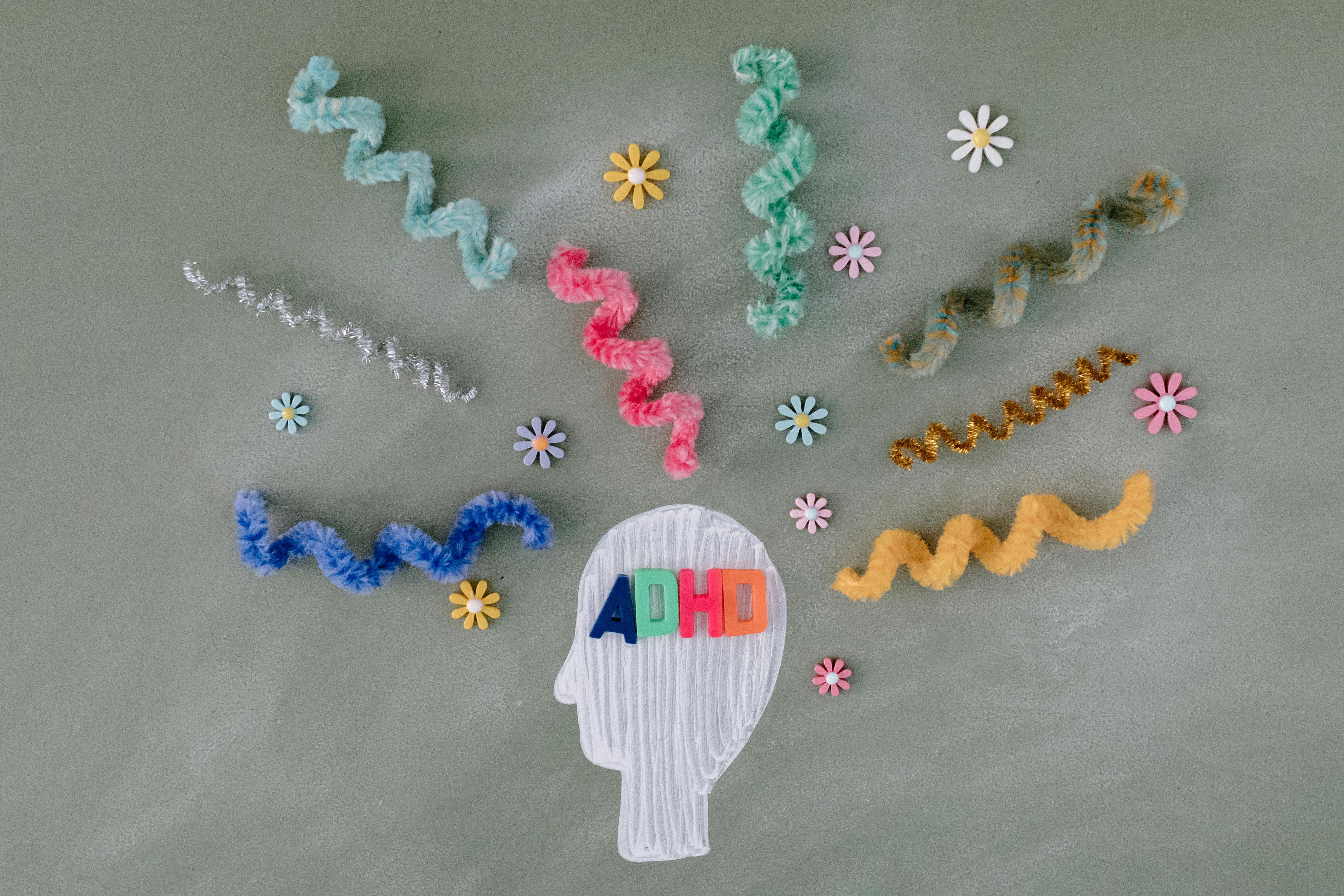
Attention Deficit Hyperactivity Disorder (ADHD) is one of the most researched neurodevelopmental conditions, yet myths and misconceptions about it still thrive. These misunderstandings don’t just spread misinformation; they can cause real harm. They delay diagnosis, deny people access to treatment, and make everyday life at school, work, and in relationships more difficult for those living with ADHD.
Let’s explore some of the most common myths about ADHD, what science actually tells us, and why it’s so important to break them down.
Myth 1: Females Don’t Get ADHD
For decades, ADHD has been portrayed as a “boys’ disorder,” largely because young boys often display more hyperactive and disruptive behaviors. Girls, on the other hand, are more likely to present with inattentive symptoms such as daydreaming, quiet distraction, or internalized anxiety that are easier for teachers and parents to miss.
Research published in the National Library of Medicine found that girls with ADHD are consistently underdiagnosed. An article published in BMC Psychiatry states that while clinical studies may show boys outnumbering girls five to one, community-based studies suggest the ratio is closer to two to one. When girls are overlooked, they often go untreated into adolescence and adulthood, increasing their risk of developing anxiety, depression, social difficulties, and other comorbid conditions.
Myth 2: Parenting Styles Cause ADHD
Parents of children with ADHD often carry deep guilt, wondering if they should have been stricter, more attentive, or just “better” in general. This guilt is fueled by the widespread myth that ADHD is the result of poor parenting.
The Journal of Attention Disorders states that ADHD is highly heritable, with genetics and brain chemistry playing major roles in its development. Parenting style may influence how symptoms appear or how manageable they are, but it doesn’t cause ADHD. In fact, CHADD reports that harsh discipline and constant punishment can make things worse as shame and stress tend to amplify symptoms rather than diminish them. Supportive structures, behavior therapy, and, when appropriate, medication are what truly help children thrive.
Myth 3: People with ADHD Are Lazy
This is one of the most damaging misconceptions. When someone with ADHD struggles to start a task or maintain focus, it’s easy for outsiders to assume they’re simply unmotivated. But what looks like laziness is actually executive dysfunction a neurological difficulty in starting, organizing, and sustaining effort.
Tasks that others might consider simple, such as sorting mail or responding to an email, can require enormous mental energy. CHADD reports that people with ADHD often experience “hyperfocus,” pouring intense concentration into activities that truly capture their interest. The issue isn’t an absence of motivation it’s a difference in how attention and energy are regulated.
An article in AMFM Healthcare states that labeling someone with ADHD as lazy isn’t just wrong, it’s cruel. It chips away at self-esteem, reinforces feelings of failure, and discourages people from seeking the help they need.
Myth 4: Having ADHD Isn’t Serious
Because ADHD isn’t life-threatening, some dismiss it as trivial or something kids “grow out of.” But ADHD is far from a mild inconvenience.
Research from the Psychology Department, UC Berkeley shows that roughly half of children with ADHD continue to experience symptoms into adulthood. An article from the Cleveland Clinic states that adults with ADHD are more likely to face anxiety, depression, substance use disorders, and significant challenges at work. They may struggle to meet deadlines, juggle responsibilities, or maintain employment, even when they’re intelligent and capable.
Without accommodations, many adults with ADHD live in constant fear of being seen as incompetent or unreliable. This chronic stress takes a toll not only on their careers but on their personal lives as well. Treating ADHD seriously means recognizing its impact on overall quality of life and ensuring people have access to the resources they need to thrive.
Myth 5: ADHD Isn’t a Real Medical Disorder
Perhaps the most harmful myth of all is the idea that ADHD isn’t a “real” medical disorder and that it’s an excuse for bad behavior, laziness, or procrastination.
Decades of research prove otherwise. CHADD states that brain imaging studies have found structural and functional differences in people with ADHD, especially in areas that regulate attention, planning, and impulse control. Neurochemical studies show that dopamine and norepinephrine systems operate differently in people with ADHD. Twin studies from UC Davis Health, MIND Institute consistently confirm a strong genetic component.
ADHD is recognized by every major medical and psychiatric body worldwide. To dismiss it as imaginary invalidates the lived experiences of millions and makes it harder for them to access care and accommodations.
Why These Myths Matter
Each of these misconceptions carries weight in real life. A little girl who isn’t recognized as having ADHD may go years without support and suffer the consequences as an adult. A parent who believes they caused their child’s struggles may suffer guilt and shame. An employee mislabeled as lazy may be denied opportunities to succeed. Someone that’s told that their ADHD “isn’t real” may internalize that stigma, doubting themselves and delaying treatment.
Misconceptions about ADHD do more than misinform; they cause real harm. They disrupt relationships, undermine trust in educational and professional settings, and reinforce stigma. In many cases, they prevent individuals from pursuing the diagnosis or support that could meaningfully improve their lives.
More for Your Mental Toolbox
.jpg)
From Thanks to Thriving: Gratitude’s Impact on Your Brain
Gratitude can literally rewire your brain for calmer moods, better sleep, and deeper joy. Discover how a simple daily practice boosts resilience, connection, and well-being.
Read more →
Hope, Healing, and Connection: Suicide Prevention Awareness Month
Suicide Prevention Awareness Month reminds us that seeking help is strength. Learn the signs, share hope, and discover how we can save lives—together.
Read more →








